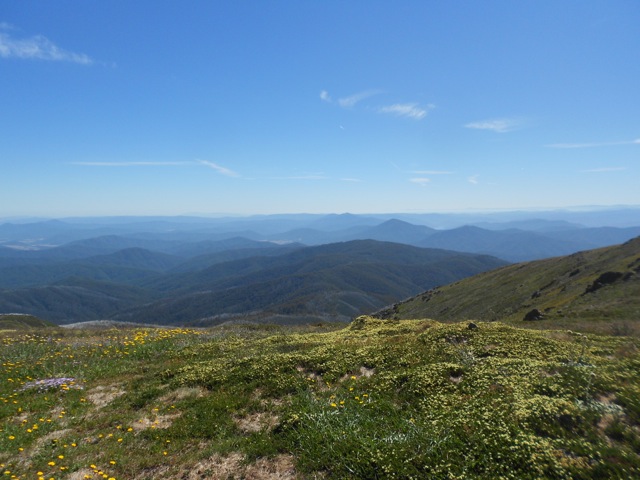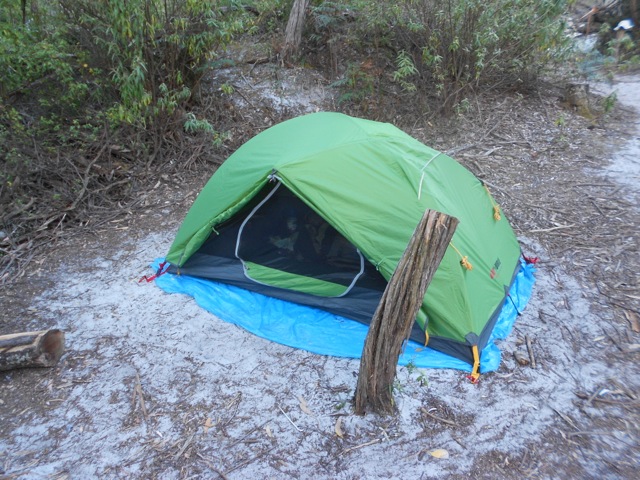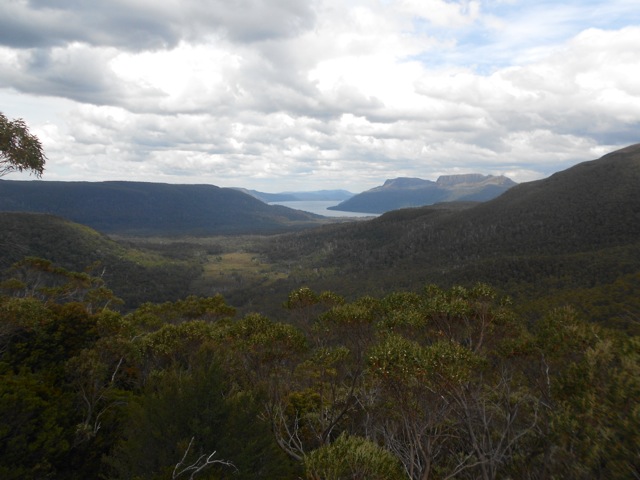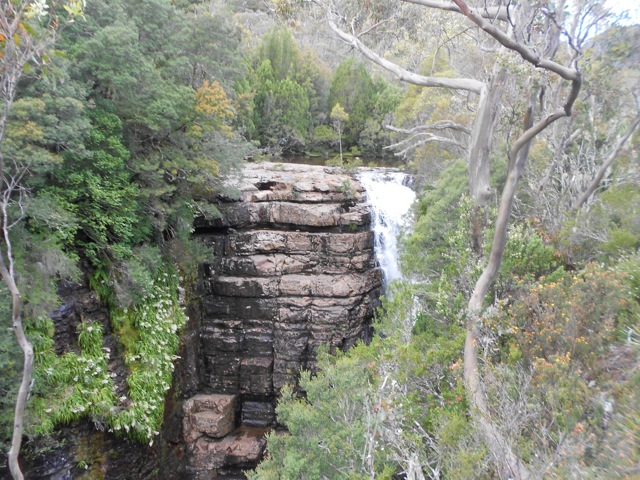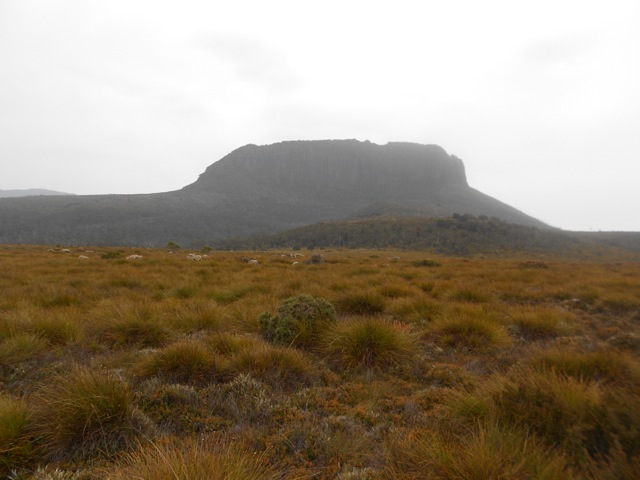Kosciusko National Park in New South Wales is part of the Great Dividing Range that starts in North Queensland and ends at the Grampians in western Victoria. Kosciusko National Park gets its name from Mt Kosciusko the tallest mountain in Australia, which is situated at the southern end of the park. I’ve climbed that mountain twice now, so for my final hike of my South East Australian adventure tour, I’ll be walking around the north end of the park, an area called the Bogong Wilderness.

The Bogong Wilderness is a small region of the park around Bogong Mountain. Not Mt Bogong, which is a different mountain – the tallest in Victoria. The Bogong, from which both mountains get their name, is a dark coloured Australian moth, which was apparently used as a food by the aborigines.
The Bogong Wilderness walk is an overnight hike stretching 42km through forest. It’s a linear hike, so I’m hoping someone will give me a lift back to The Pointy Brick tomorrow afternoon.
Day 1 – Prosser Fire Trail to Ring Creek
On the way to the start point, I passed a lookout and stopped for a photo. A sign at the lookout pointed out some features of the wilderness that I’d be passing in my travels. It was like looking at my hiking route from the side.

I arrived at the beginning of Prosser Fire Trail and donning my pack, headed off into the wilderness.
There’s actually not a lot I can say about the trail. It’s fairly wide and like all fire trails, is designed to allow access for 4WD vehicles into the wilderness in event of a fire. On that note, there are plentiful fires going on throughout New South Wales at the moment, but just not here – I did make sure to check before coming.

A lot of the 20.5km of today’s walk is climbing and I’m well used to that. The trail meanders – a word I have tried to put in every post so far – through the wilderness, ascending and descending, and crossing the occasional creek.

The entire day I’m surrounded by forest, so there’s not much to see. I’m constantly hounded by horse flies that try to bite when I stop for breaks. There are now plentiful dead March Flies littered around the area no doubt providing a food source for the ant populations.
At the end of the day, I arrive at a large grassy patch beside Ring Creek and set up for the night.
Day 2 – Ring Creek to Humes Crossing
Unlike yesterday, most of today is down hill. I have the option to climb Bogong Mountain, but it would mean an hour of bush bashing and with 21km ahead of me, I decided not to. While this may have led to some good views of the surrounding forests, it was also forecast to be hot today, and after the last time, I didn’t want to push it.
Again, as per yesterday, there’s not much to be said about the trail. While I was no longer on the Prosser Fire Trail, I was on another fire trail and it looked pretty much the same.

It wasn’t until the final five kilometres that the views began and they were the reason I’d decided on this hike. Looking down off the mountains you see Blowering Reservoir, a beautiful stretch of lake, that while fairly thin, stretches off to either side. The views are minimal at first, the reservoir seen through the trees, but as I descended they got better.

There’s a catch though… the trail descends very steeply for several kilometres. Normally this wouldn’t be an issue but the surface is light scree over hard dirt. This meant every step had to be carefully made else an uncontrolled slip down the steep trail. This is definitely a place where hiking poles come in handy. The descent took me down 800m steeply, so it was a slow process but with growing views.

As I broke the tree line I headed out onto dry grassy plains for the last couple of kilometres. But without the shelter of the trees, I began to feel the heat of the day. As I came down, I crossed paths with several groups of kangaroos. After a rest, I made it to the road and began walking towards my van, which was only 27km away. The heat of the bitumen added to that of the day, plus the one thing you don’t notice when driving…roadkilled kangaroo stinks, and there are plenty of them. I did see an Emu crossing the road, though. First time I’ve seen one in the wild. Of course, then I came to an ‘Emu Crossing’ road sign…

After about 2km – walking on bitumen is fairly speedy – I was picked up and dropped off at The Pointy Brick.
So, here ends my South East Australian adventure. Next, I’m taking a well deserved rest while I wrap up things here in Australia and sell the Pointy Brick. Then it’s off to New Zealand for a couple of weeks before delving into South America, to begin the next leg of my adventure.
Until then,
The Lone Trail Wanderer











